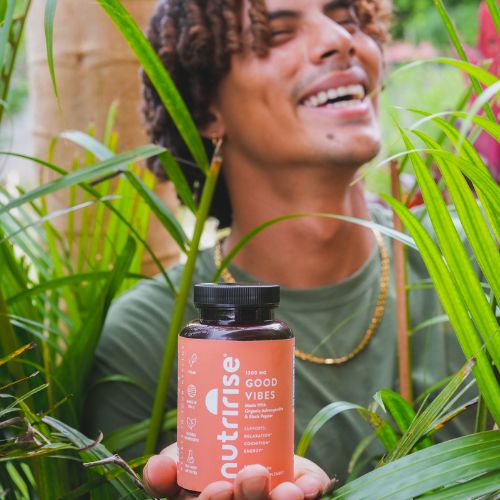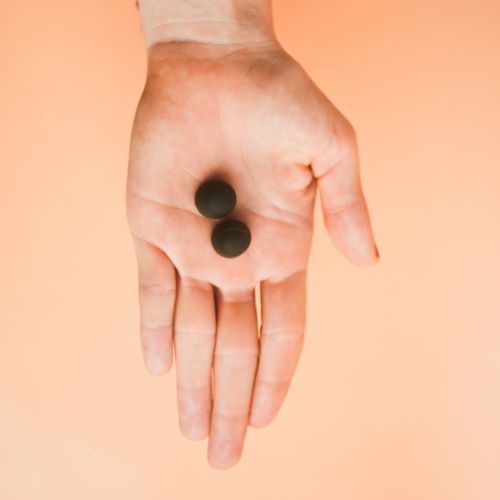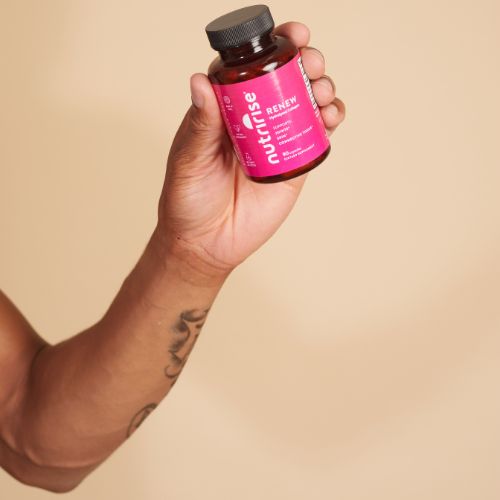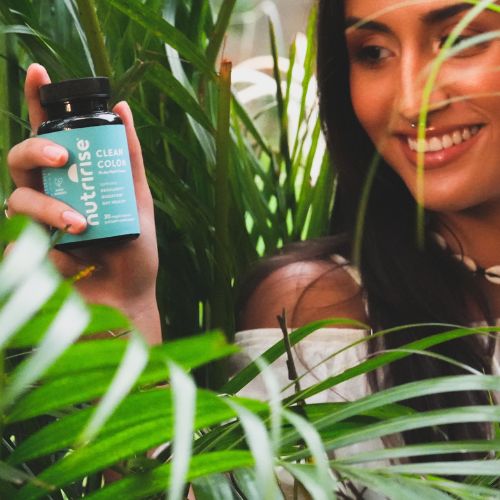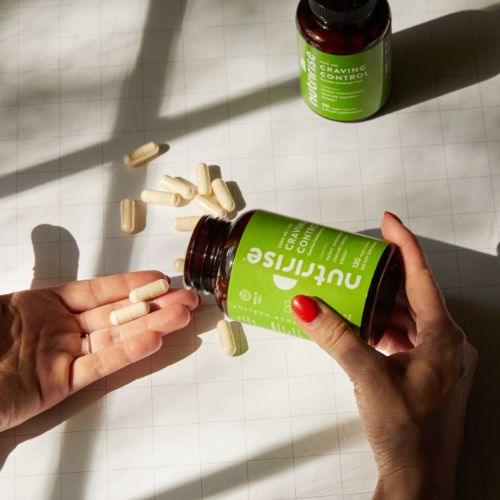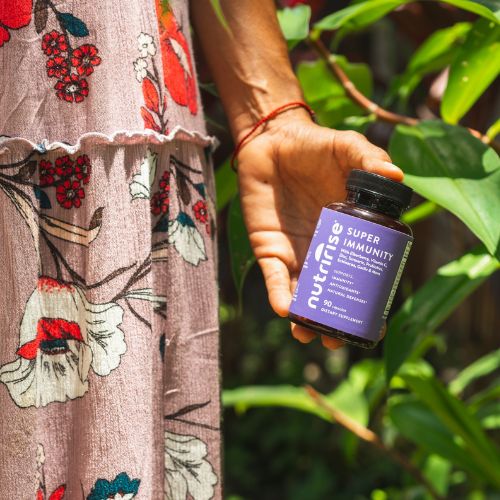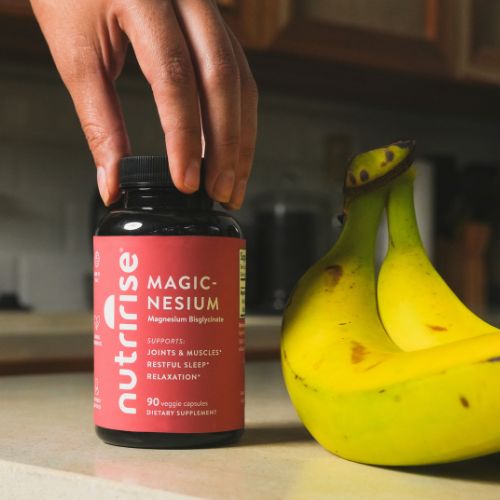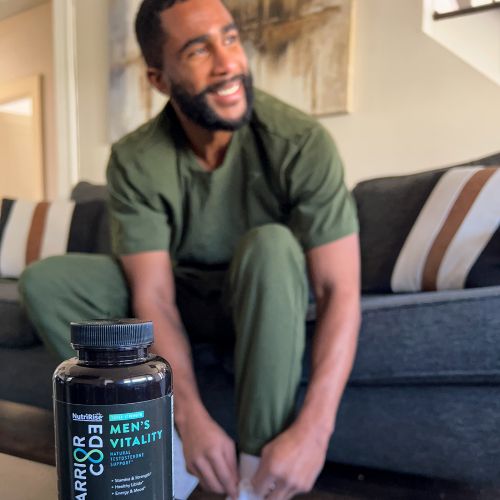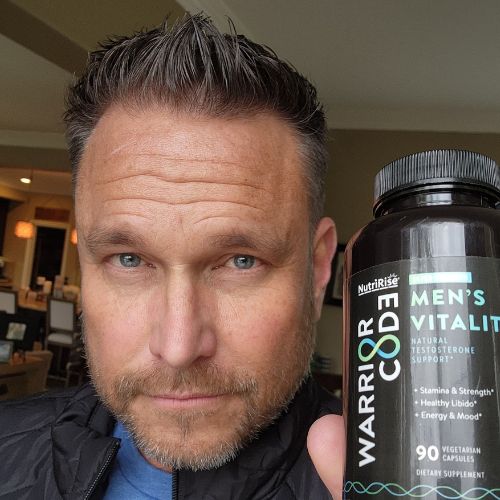As we already mentioned, a good nights sleep is a vital part of your circadian rhythm, also called the sleep-wake cycle. To improve your sleep quality and quantity, you must first look at your sleep habits, environment, and bedtime routine, collectively termed “sleep hygiene.”
Sleep hygiene
Sleep hygiene includes everything related to your sleep schedule and environment - from your bedroom’s temperature and noise levels to your daily exposure to direct sunlight.
The first step to improving your sleep quality is creating a routine.
If you go to sleep and wake up at the same time every day, you will optimize the work of your circadian rhythm and synthesize sleep-promoting hormones such as melatonin. Ultimately, the result will be sufficient and high-quality sleep every night.
You can also adjust your circadian rhythm and melatonin synthesis by increasing your exposure to sunlight throughout the day and reducing the amount of blue light you’re exposed to before bed.
Although the whole visible light spectrum has a negative effect on melatonin production, blue light is most potent in suppressing its synthesis (12).
On the other hand, daytime exposure to sunlight boosts alertness and reduces sleepiness (13).
Devices with screens such as your phone and computer emit plenty of blue light to disturb your melatonin production and are not conducive to healthy sleep.
This is why it is crucial to avoid electronics or use a blue light filter when you have to send one last email before bed.
In addition, make sure that your bedroom is as dark, quiet, and cool as possible. Too much light or noise can disturb the quality of your sleep, even if you can fall asleep quickly.
In addition, the optimal sleep temperature for a bedroom is slightly lower than what we perceive as comfortable throughout the day. The optimal bedroom temperature is considered to be around 65°F (18.3 °C).
However, the exact temperature may vary a lot from person to person, so it is usually in the range of 60 to 67 °F (15.6 to 19.4 °C).
And money spent on the best mattress you can afford is money well-spent.
Exercise
Exercise has long been known to improve sleep quality and duration regardless of intensity in adults and older individuals (14).
Being more physically active can help you lose weight, improving sleep apnea symptoms, a common sleep disorder many aren’t even aware they suffer from.
In addition, higher intensity exercise during the day may reduce sleep onset and help you fall asleep faster.
Cardio and low-intensity exercises stimulate the release of endorphins, which promote alertness and leave you feeling energized during the day. Make sure to exercise at least 4-5 hours before bedtime, as increased energy is the last thing you want when lying in bed counting sheep.
Diet
Your dietary regime can considerably impact the quality of your nightly sleep. For example, eating too close to bedtime can trigger bloating and gastroesophageal reflux, making falling asleep a struggle.
Meals that are too high in fat or sugar (or both) can increase the acidity in your stomach, which can also worsen your reflux, even if you eat them a few hours before going to bed.
Avoiding such dietary triggers can help reduce sleep disruption and help you fall asleep faster. On the other hand, eating some carbohydrates at night can help your melatonin production throughout the night.
That is because high-carb meals increase the transport of the amino acid tryptophan to your brain, where it is used to produce serotonin and melatonin (15).
Although high-carb meals may not contain amino acids, the increase in insulin affects your body’s transport of amino acids.
Higher insulin aids the uptake of amino acids by muscle cells, except tryptophan, which becomes the primary amino acid that passes the blood-brain barrier (16).
Dietary supplements
When it comes to vitamins and minerals, arguably the most important micronutrient for adequate sleep is magnesium. Magnesium deficiency has been linked to insufficient sleep in both younger and older individuals (17).
Magnesium deficiency is prevalent. It is estimated that less than half of all people in the US consume enough magnesium (18).
The reason is that the foods with the highest amounts of magnesium are also rich in phytic acid, which blocks mineral absorption (19). Such foods are legumes, cacao, and nuts.
Grains are another excellent source of magnesium, but modern processing and refining of wheat, rice, and corn deplete up to 97% of their mineral content (20).
Moreover, magnesium in our soil and water has been declining since the start of the agricultural revolution (21).
Therefore, adding a supplement is the best way to get enough magnesium. Different forms of magnesium supplements vary a lot in their absorption and effectiveness.
Oxide is currently the most commonly used form of magnesium supplement, but it has limited effectiveness due to its poor gastrointestinal absorption and bioavailability.
One of the forms with much higher absorption is magnesium bisglycinate. Research reveals that compared to magnesium oxide, magnesium bisglycinate has significantly greater bioavailability, and its absorption remains sufficient even in patients that have undergone intestinal surgery and resection (22)










